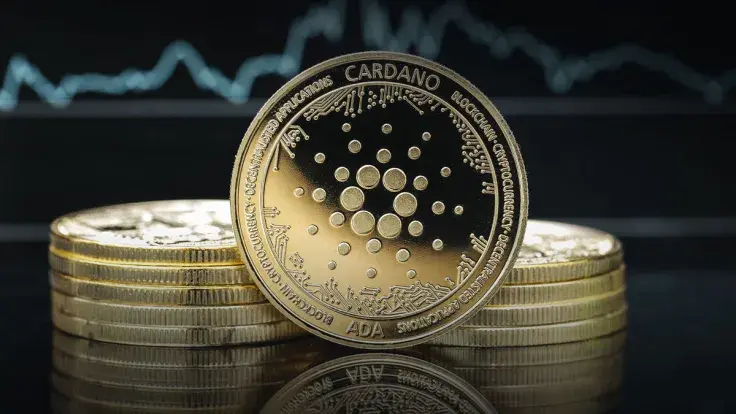
Stacking on Cardano might not be the most popular option among cryptocurrency investors. However, it still beats traditional finance by a high margin as staking up to 100,000 ADA will give investors a 30% return in five years, data shows.
Cardano can be staked on various platforms and wallets, including one of the largest centralized exchanges in the world, Binance. Unfortunately, the interest rate on the coin is constantly changing. Some solutions adjust their APY in accordance with the supply locked in staking.
Usually, financial entities offer a higher staking rate if investors agree to lock their coins for a certain period of time. With the longer locking period, exchanges offer higher interest, and vice versa. The same rule applies to Cardano staking.
Downside of staking volatile assets
A stable income in a certain currency might be a good idea if an investor is trying to build a portfolio based on a stable income. However, staking assets like Cardano, Ethereum or anything else liable to elevated volatility brings a lot of risks.
If you stake 100,000 ADA on #Cardano for 5 years you will earn 30,000 $ADA. It is almost 1/3 of the coins with which you started. Compare it with your bank account. pic.twitter.com/adWqb9qaDA
— Cardanians 🚀 stake w CRDNS (@Cardanians_io) October 11, 2022
Since most staking solutions with high interest require investors to lock their funds for a certain period of time, users would have no other choice but to face losses during periods of turbulence on financial markets.
Additional risks are tied to increased selling pressure after the locking period. For example, Ethereum investors are bracing themselves for a volatility and selling volume spike after a massive release of coins from the staking solution locked ahead of the Merge.
Luckily, it will not be the case for Cardano, as staking on this network is not the most popular solution for investors.
 Dan Burgin
Dan Burgin Vladislav Sopov
Vladislav Sopov U.Today Editorial Team
U.Today Editorial Team